No one really knows where the Martini came from. Some say it was invented by vermouth brand Martini & Rossi, and others claim it was an early 20th century riff on Jerry Thomas’s Martinez. Regardless of origin, if there were an official cocktail hall of fame, there would be an entire wing dedicated to the Martini. Its old-school build of gin, dry vermouth, some bitters, and simple garnish has stood the test of time as a monument in itself, but it’s also spawned an entire category of avant-garde riffs that couldn’t be further from the original — think the Espresso, Pornstar, and Breakfast variations.
Even when made at its most straightforward, the Martini is one of the most personal and argued-over cocktails in the canon. Simply ordering “a Martini” at any respectable bar is only going to prompt a list of questions. Gin or vodka? Dry or dirty? Olive or twist? And to their credit, your bartender’s not just being difficult. They’re simply trying to make sure they’re giving you the Martini you want. So, to help streamline your personal specs, we’ve compiled a list of classic Martini variations that should be on everyone’s radar. While the playful takes above are delicious in their own right, we’re talking builds that truly adhere to the Martini mold.
Here, the eight classic Martini variations you should know.
Gin Martini
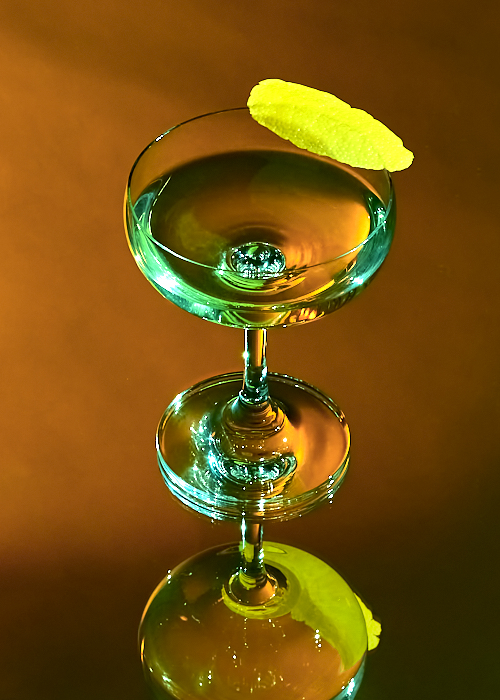
Though he’s not credited with inventing the drink, the first recorded Martini recipe was gin-based and appeared in the 1888 edition of Harry Johnson’s “Bartenders’ Manual.” That build called for Old Tom gin, sweet vermouth, orange Curaçao, and bitters. Nowadays, a classic gin Martini is synonymous with a more stripped-down spec, consisting of London dry gin, dry vermouth, and either an olive or orange twist for the garnish.
Vodka Martini
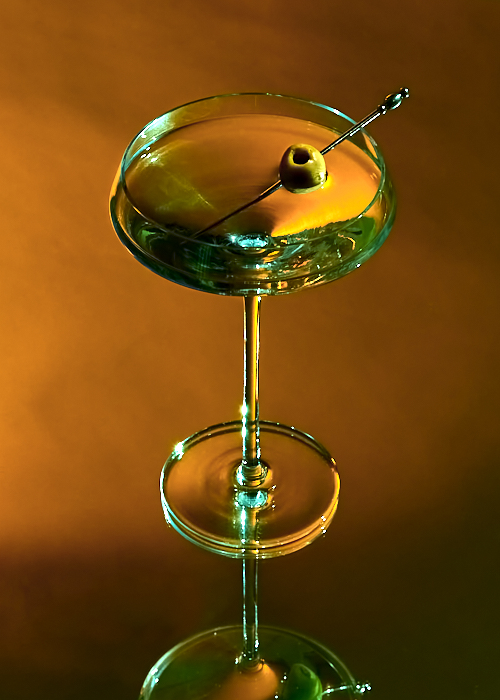
Although it deviates from the original recipe above, “probably seven out of 10 people that order a Martini today want a Vodka Martini,” bartender and author Tony Abou-Ganim previously told VinePair. The vodka version really took off in the mid-1900s when the spirit surged in popularity stateside. The vodka Martini is clean, approachable, and as simple as swapping gin for vodka in an otherwise standard recipe.
Dirty Martini
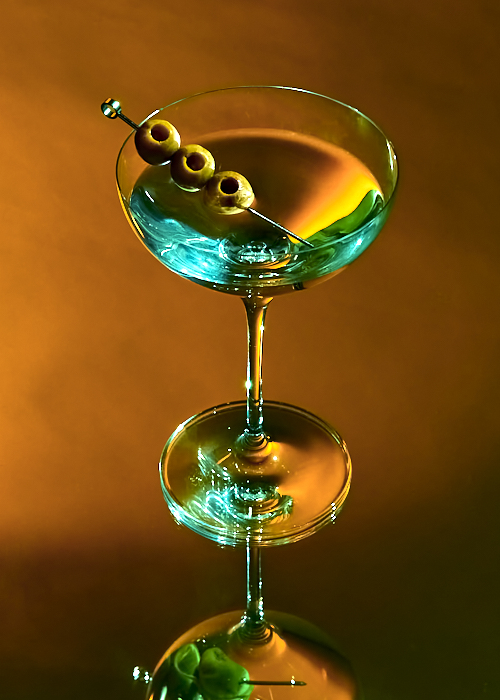
If an olive garnish isn’t enough to satisfy your love of brine, go for a Dirty Martini. According to cocktail historian David Wondrich, the concept of the Dirty Martini dates back to the early 1900s, when bartender John E. O’Connor started serving Martinis with muddled olives at New York’s Waldorf-Astoria Hotel. However, it wasn’t until the 1930 publication of G.H. Steele’s “My New Cocktail Book” that the world saw a Martini recipe that called for a dash of olive brine.
50/50 Martini
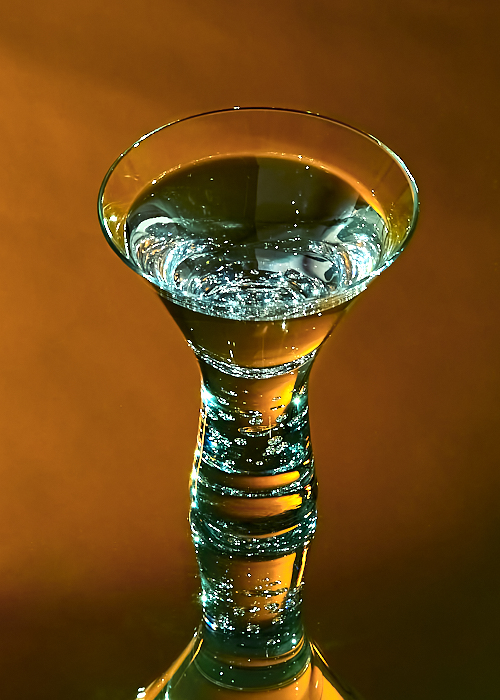
The first published Martini recipe actually called for an equal-parts base of gin and vermouth, which has since earned it the 50/50 moniker. Though not nearly as common as it once was, many bars have brought back the 50/50 in recent years, sometimes subbing the vermouth with sake or sherry and adding some bitters in there for balance.
Vesper
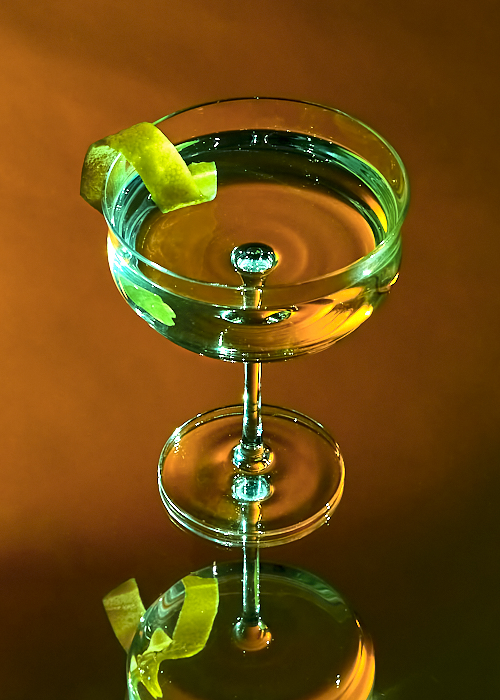
The Vesper wasn’t invented by an actual bartender. Rather, the drink first appears in James Bond author Ian Fleming’s 1953 novel “Casino Royale,” in which Bond orders a highly specific spec: gin, vodka, and a splash of Kina Lillet. Although Bond famously orders his drinks shaken, we prefer our Vespers stirred to maintain the ideal mouthfeel.
Gibson
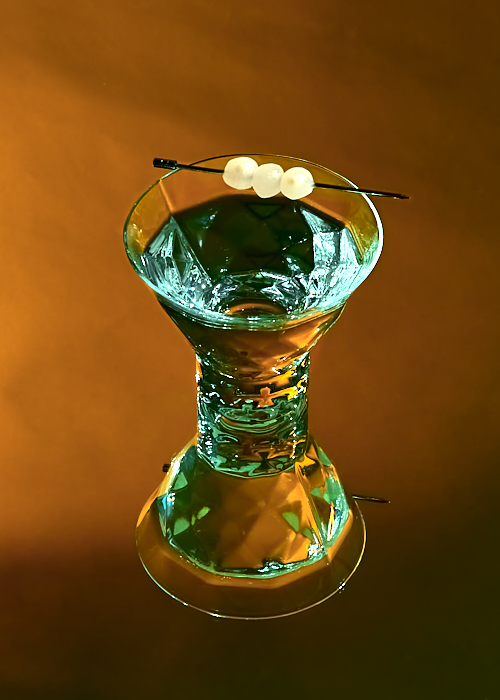
It may seem strange for a garnish swap to warrant a totally new cocktail, but that’s exactly what the Gibson is: a gin Martini with a pickled onion. Much like the standard Martini, the Gibson’s origins are relatively murky. A popular theory is that the drink was created by businessman Walter D.K. Gibson in the late 1800s at San Francisco’s Bohemian Club. When the onion came into the picture remains a mystery, as all early accounts of the cocktail only differentiated themselves from the Martini by skipping out on bitters — a staple of pre-Prohibition Martini specs. These days, the pickled onion garnish is still the main feature that separates this drink from an otherwise standard gin Martini, but some modern mixologists have added their own savory twists to the build.
Perfect Martini
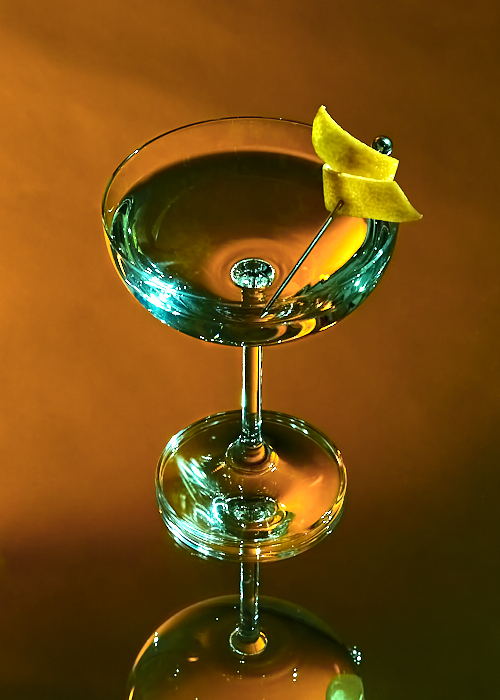
There’s nothing objectively “perfect” about the Perfect Martini. The name is somewhat arbitrary, and stems from an early 20th century drink called the Perfect Cocktail, made of gin and equal parts dry and sweet vermouth. But in light of the rise of the Perfect Manhattan, the Perfect Cocktail from the days of yore has come to be known as the Perfect Martini. Try subbing sweet vermouth with Cocchi Americano for a spicy, cinnamon kick.
Reverse Martini a.k.a. Wet Martini
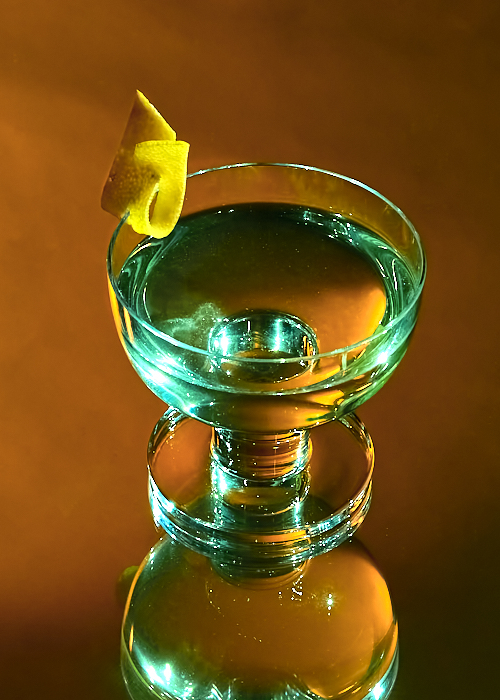
As the name entails, a Reverse Martini flips the quantities of base spirit (whether that be gin or vodka) with dry vermouth. The Wet Martini is essentially the same thing, but bears a slightly more nebulous spec, as it’s characterized by any heavier-than-normal addition of vermouth. That said, many would consider a 50/50 a Wet Martini, and a Reverse Martini a very, very wet Martini. For die-hard vermouth fans, the Reverse Martini may hit the spot.
